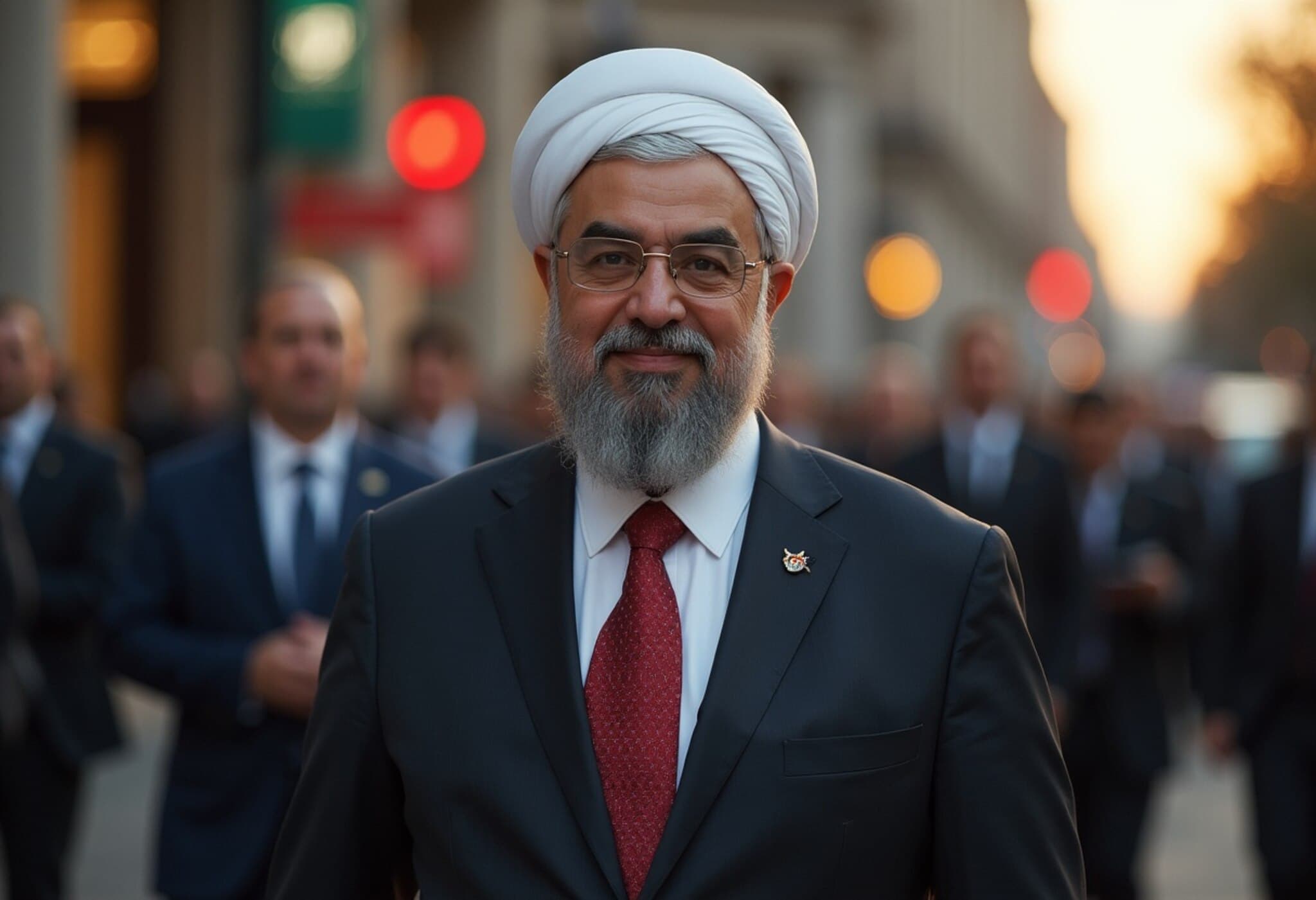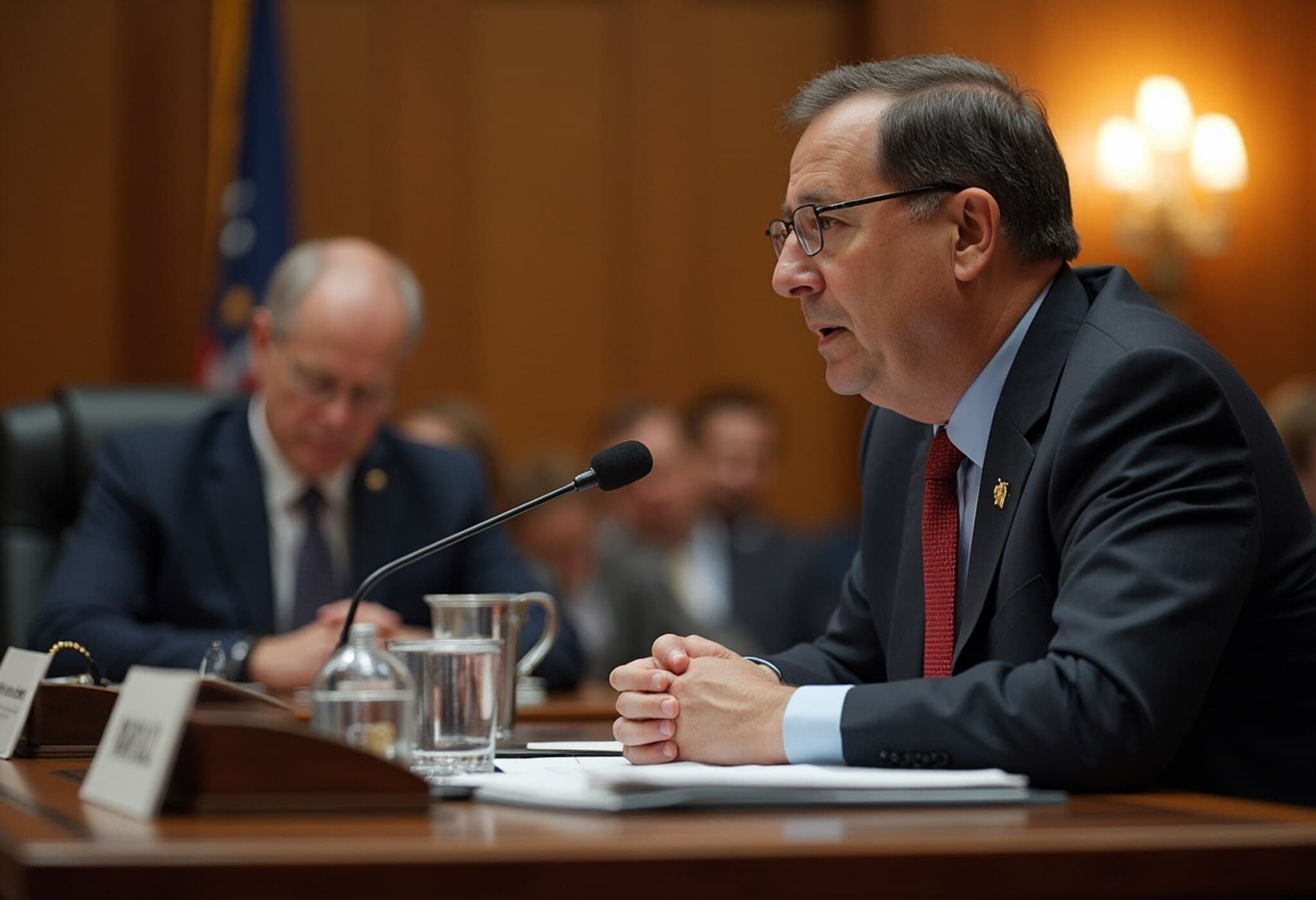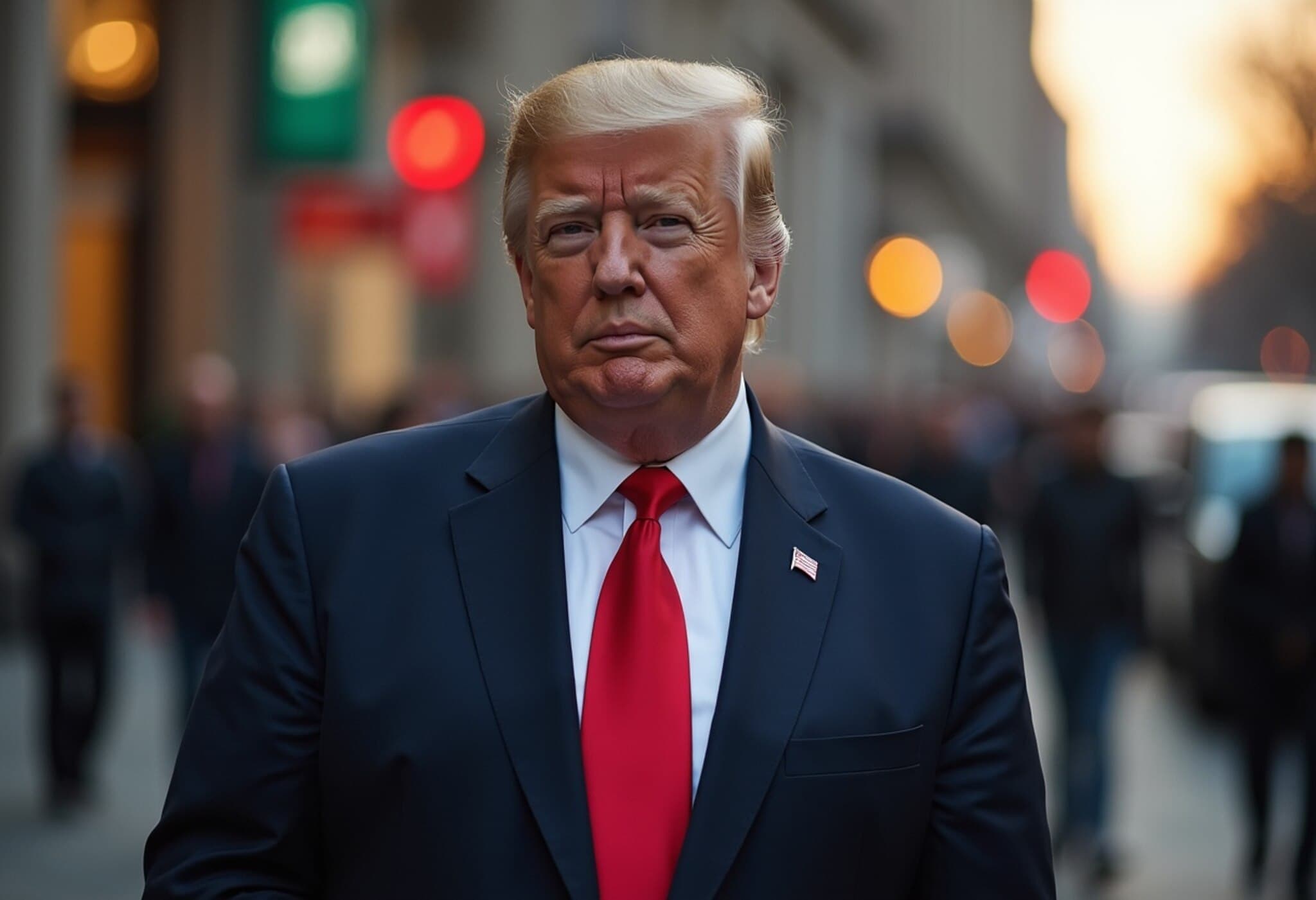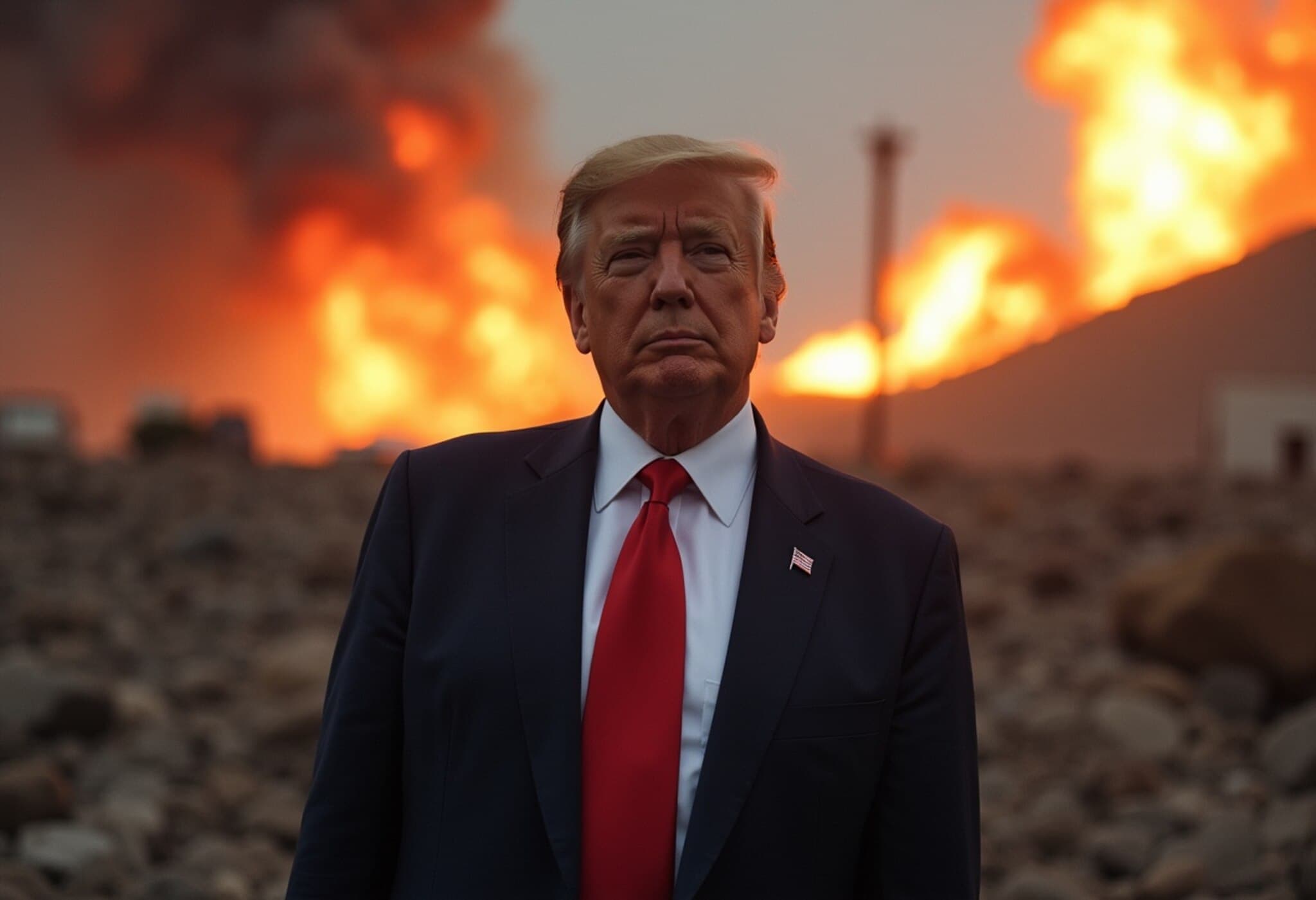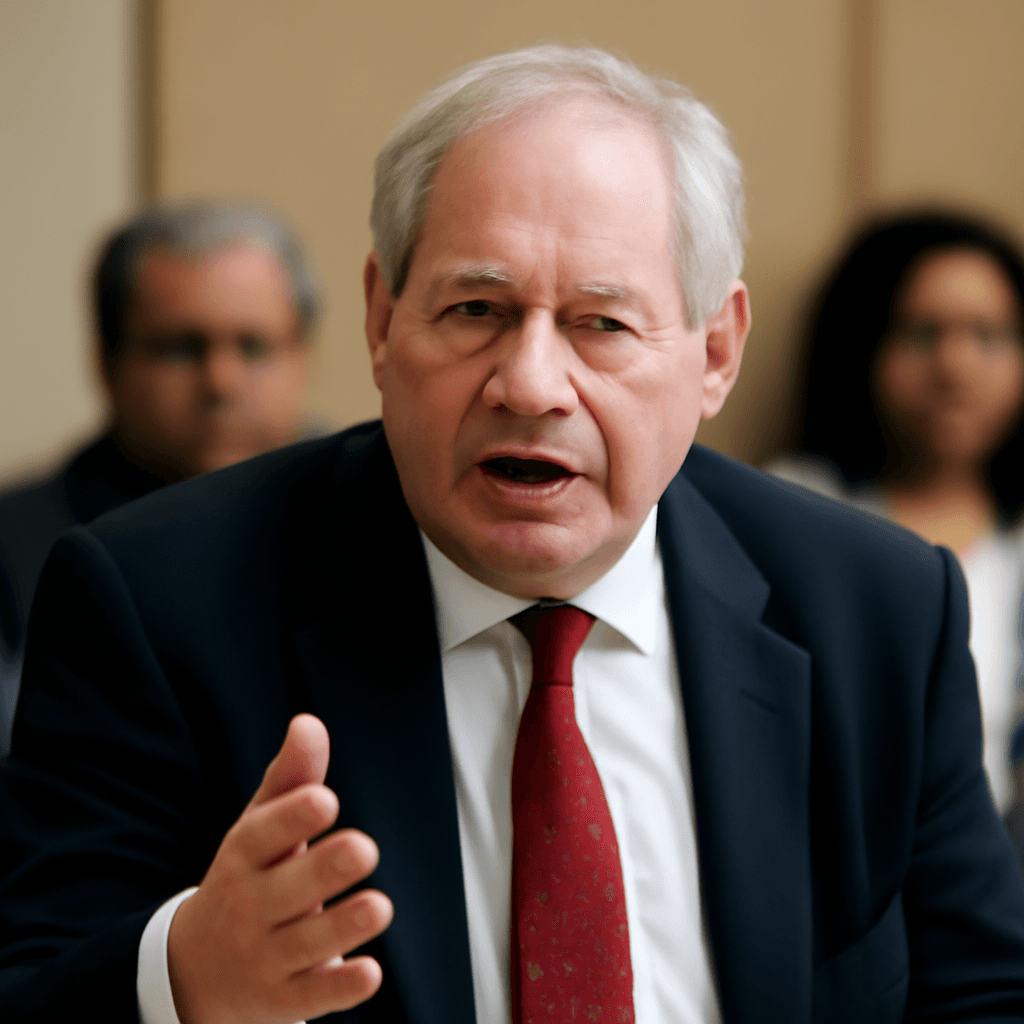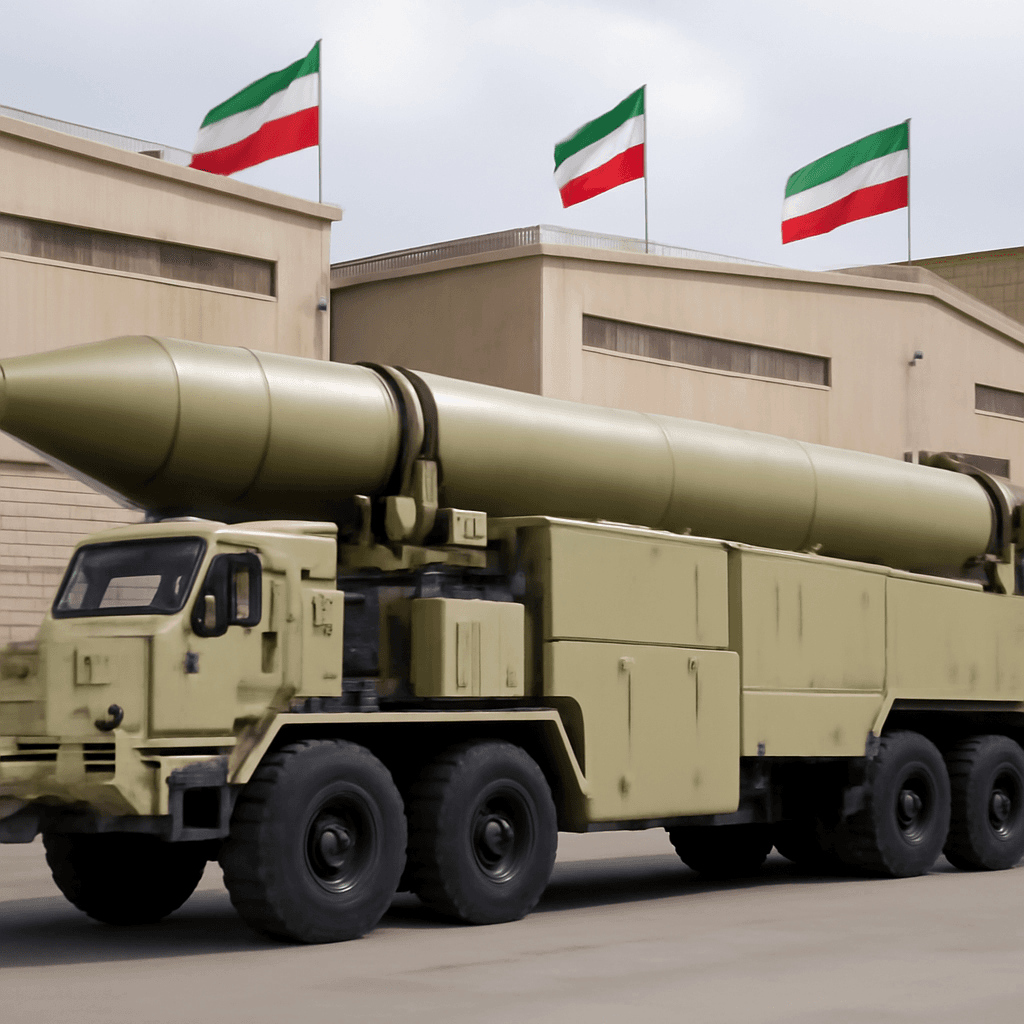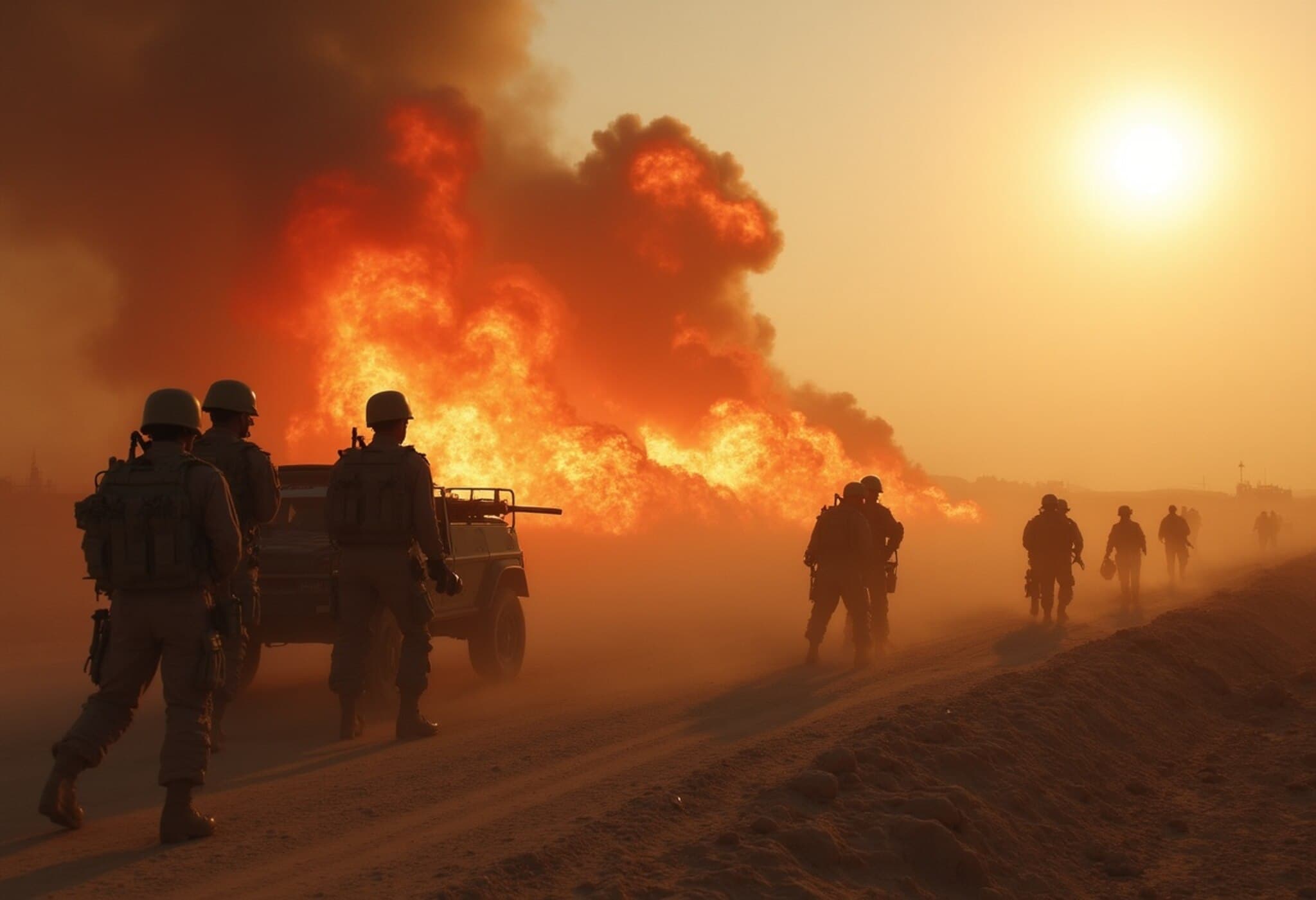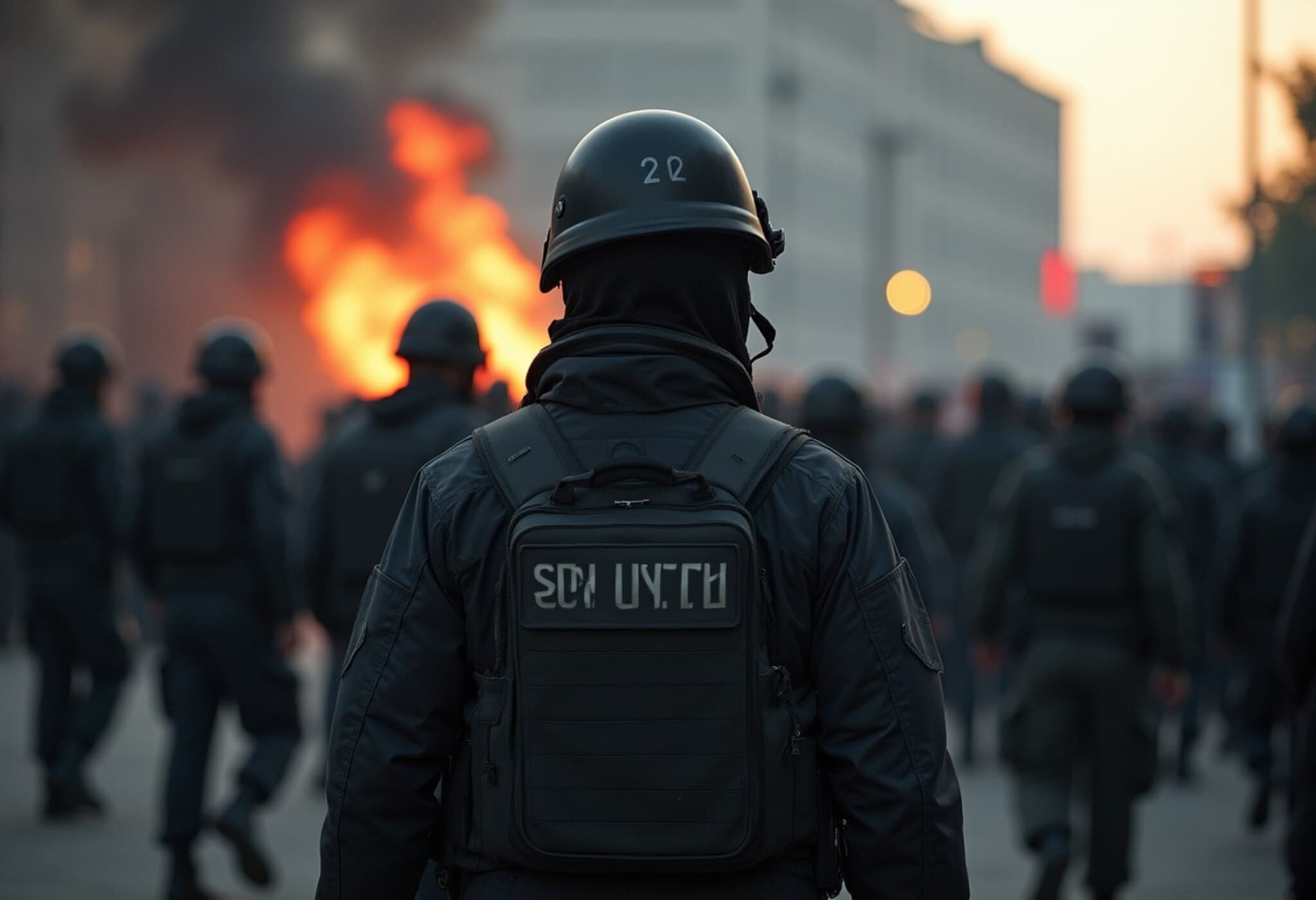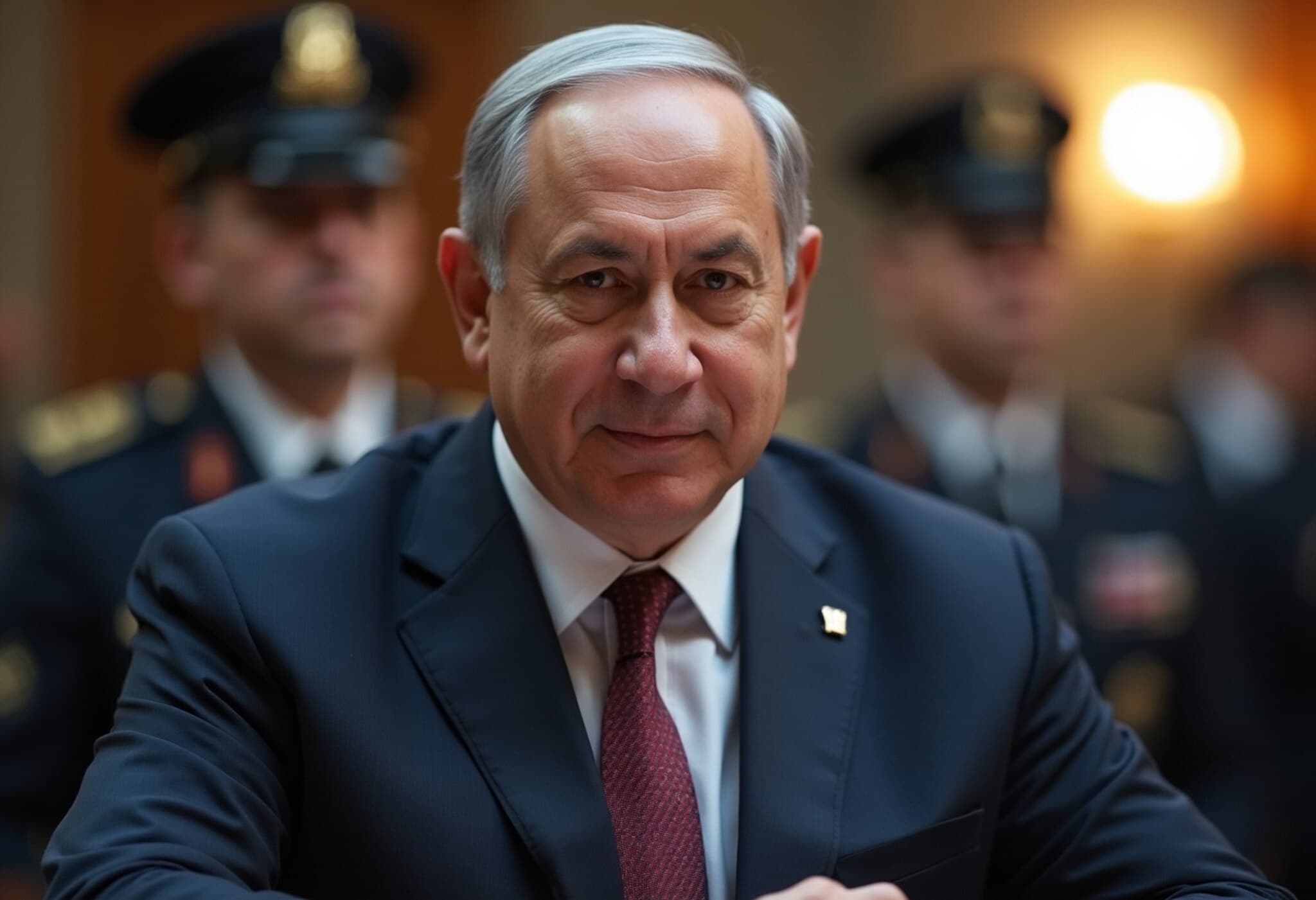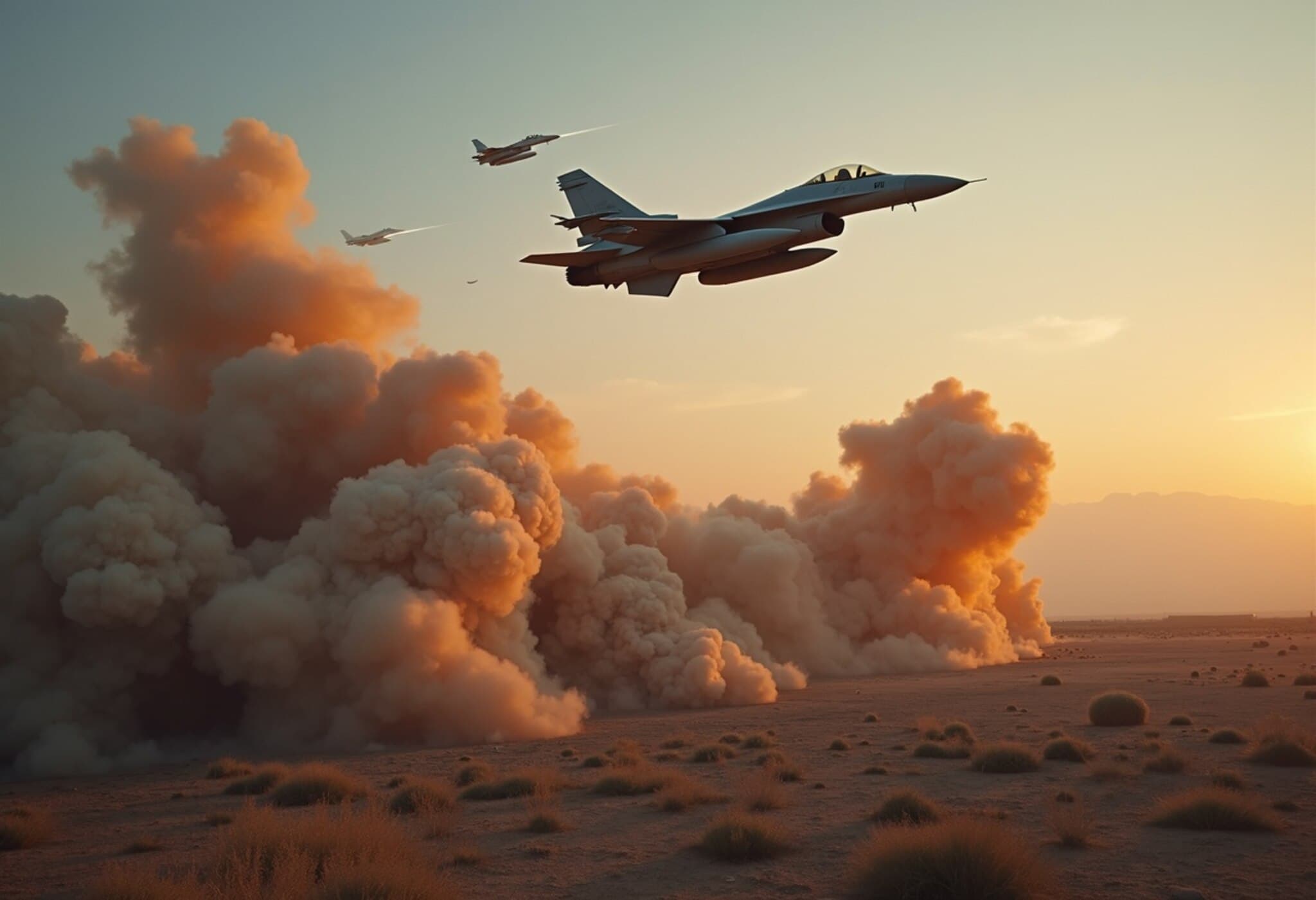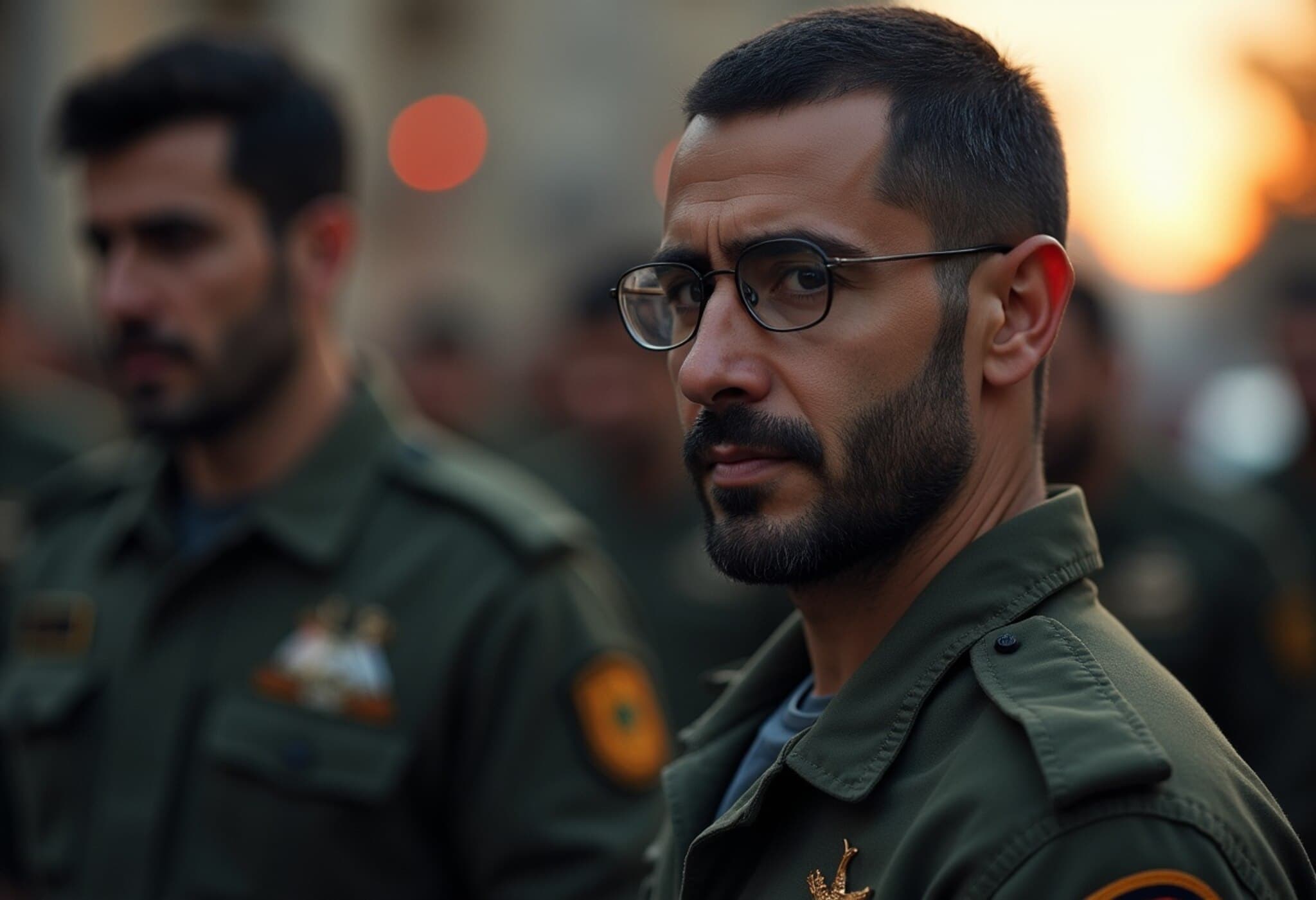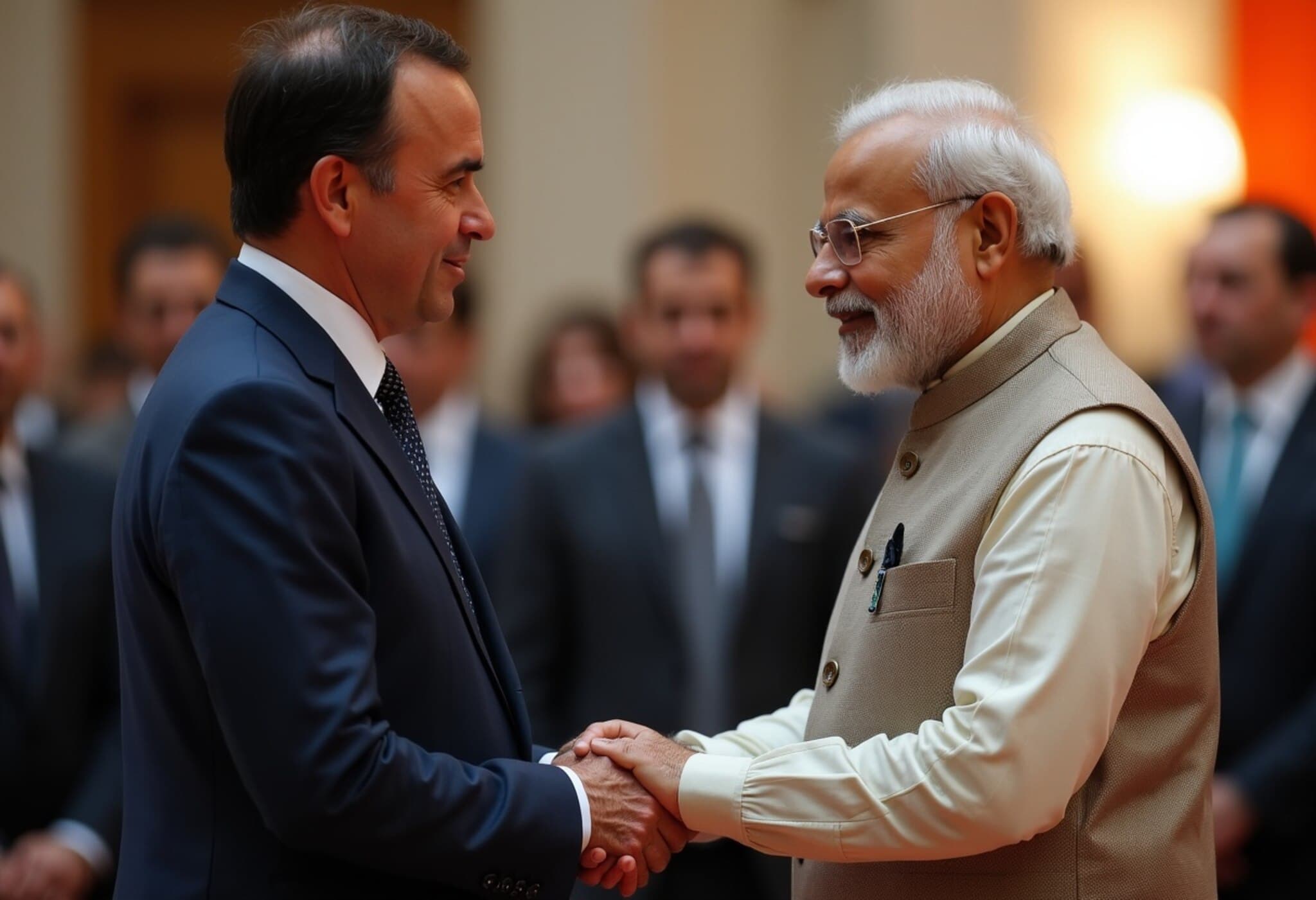Israel’s Nuclear Program Under the Spotlight
As tensions escalate between Israel and Iran, Israel’s stance against Iran’s alleged nuclear ambitions has drawn intense scrutiny, especially considering its own secretive nuclear arsenal. While Israel asserts its military actions prevent Iran from and acquiring nuclear weapons, Tehran denies pursuing such goals. Meanwhile, Israel remains the Middle East’s sole presumed nuclear power, with estimates suggesting it holds at least 90 nuclear warheads.
Unpacking Israel’s Nuclear Capabilities
Though Israel officially neither confirms nor denies possessing nuclear weapons, various expert sources accentuate the country’s well-established nuclear program. Its uranium reserves are reportedly sufficient to produce hundreds of nuclear warheads. According to nuclear security analysts, Israel’s deliberate ambiguity—often described as a policy of “nuclear opacity”—serves as strategic obfuscation to maintain regional deterrence without inviting international pressure.
Global Context: Nuclear Powers and Treaties
Only around 30 countries worldwide have the technological capability to develop nuclear arms, with nine officially known to possess them. Five—namely the United States, Russia, China, France, and the UK—are recognized nuclear states under the UN Nuclear Nonproliferation Treaty (NPT) signed in 1968. However, Israel, along with India, Pakistan, and North Korea, falls outside this framework, having developed their nuclear programs post the treaty’s cutoff date or never signing it.
For Israel to be formally acknowledged as a nuclear power under the NPT, it would have to sign the treaty and dismantle its nuclear arsenal—something currently deemed implausible. Nevertheless, advocacy groups rank Israel’s nuclear stockpile as the eighth largest globally.
The Origins and Development of Israel’s Nuclear Arsenal
Israel’s journey into nuclear technology began in earnest with the establishment of the Israel Atomic Energy Commission in 1952. However, construction of its key nuclear facility near the town of Dimona started in 1958, widely believed to be the heart of its weapons development program.
A declassified 1960 US intelligence report highlighted that the Dimona complex included plutonium reprocessing capabilities, linking it directly to nuclear weapons production. By 1967, Israel is understood to have produced nuclear explosives, and by 1973, the United States officially recognized Israel’s possession of nuclear weapons.
Strategic Implications and Regional Dynamics
Despite its nuclear capability, Israel has never used nuclear weapons in conflict. Its nuclear arsenal functions largely as a deterrent amid regional volatility, especially with ongoing tensions surrounding Iran’s nuclear ambitions. Israel positions itself as acting preemptively to prevent Iran from crossing what it calls the “point of no return” in nuclear development.
Yet, the contrasting narratives—Israel’s silence on its nuclear stockpile versus its vocal condemnation of Iran—add layers of complexity to the already fraught Middle Eastern geopolitical landscape.
Conclusion
Israel’s nuclear program remains enveloped in secrecy and strategic ambiguity, even as the country leads calls to contain Iran’s nuclear efforts. Its significant uranium reserves, longstanding nuclear site in Dimona, and estimated warhead count underscore the reality of its nuclear power status despite international non-recognition under treaties. This juxtaposition sharply highlights the complicated balance of power and diplomacy in the Middle East today.


